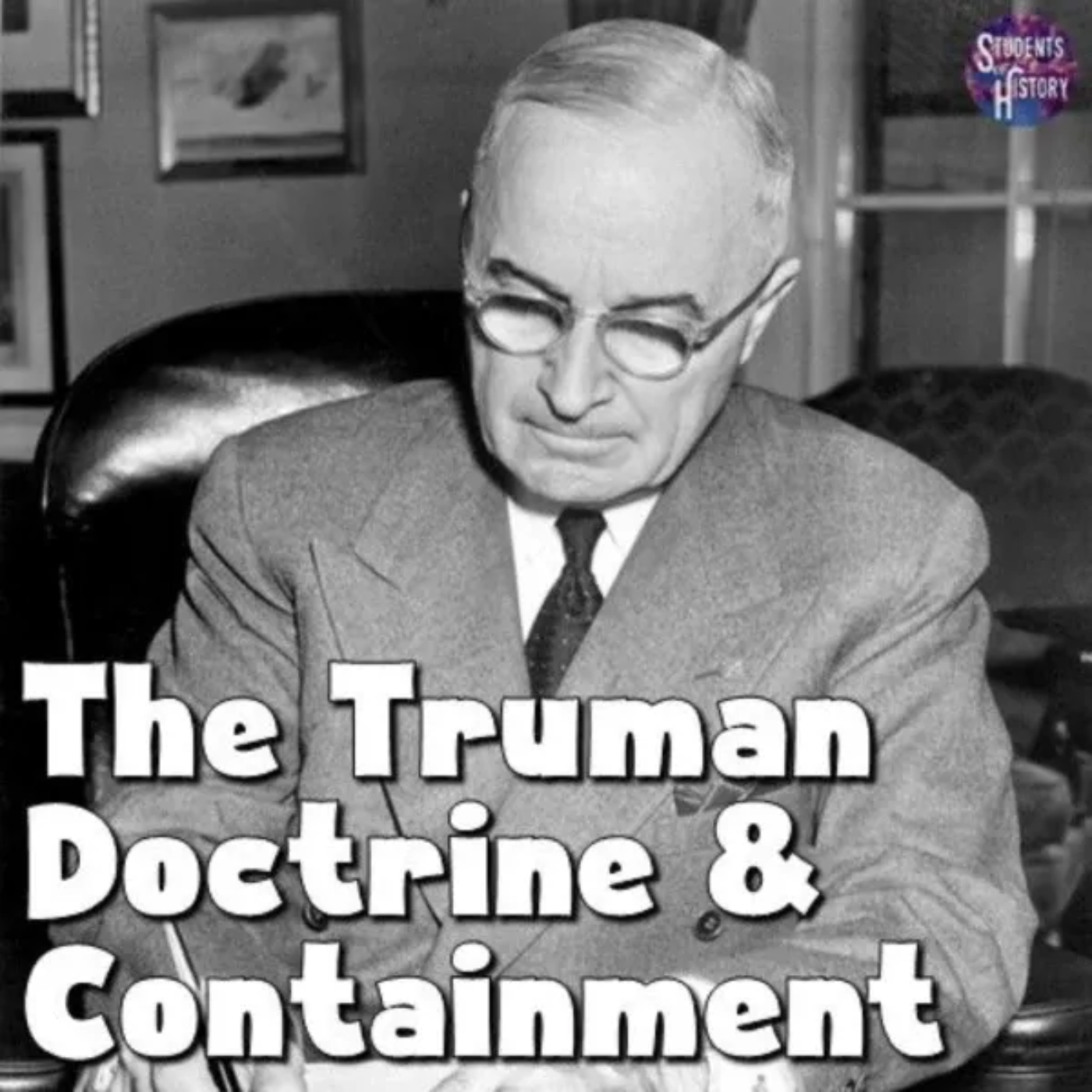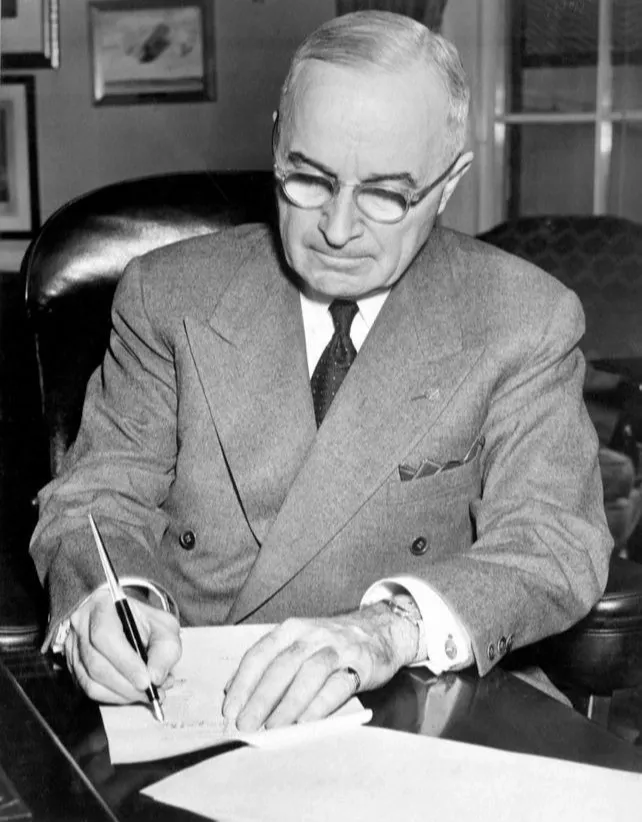Containment and the Truman Policy

The Truman Doctrine, also known as the policy of containment, was President Harry Truman’s foreign policy that the US would provide political, military, and economic aid to democratic countries under the threat of communist influences in order to prevent the expansion of communism.
The policy marked a step away from America's previous isolationist policies, which discouraged the US from becoming involved in foreign affairs.
The policy was introduced during a speech to Congress in 1947. President Truman urged Congress to grant financial aid to Greece and Turkey.
The Greek government needed suppressing a communist uprising. The Soviet Union was threatening Turkey over shipping through the Turkish straits.
President Truman successfully convinced Congress to provide $400 million in aid to support the two countries.
The Marshall Plan, which provided economic assistance to democratic countries in Western Europe, was also part of Truman's policy. The US feared that desperate European countries might to turn to communism if their economies did not recover.

In 1949, the US led the creation of NATO, which consisted of 12 North American and European nations, as a defensive military alliance against any Soviet efforts to expand communism.
The Truman Doctrine was not limited to Europe. American involvement in the Korean War was the first instance of the Truman policy in Asia.
The Korean War began in 1950 with the North Korean army crossing the 38th parallel to invade South Korea. The 38th parallel divided the peninsula between the Soviet-backed North Korea and the US-backed South Korea.
The US perceived this move as an attempt to expand communism and subsequently joined the war to defend South Korea. In 1953, the war ended in an armistice, which drew a new boundary near the 38th parallel and created a demilitarized zone (DMZ) between North Korea and South Korea.
The Vietnam War was a similar instance of the Truman Doctrine in Asia. The communist government of North Vietnam was backed by the Soviet Union and China. The South Vietnamese government was supported by the US.
At first, the US was only involved in a limited fashion. However, over 20 years American involvement grew, especially after the Gulf of Tonkin incident in August 1964.
While the US won several major military victories, due to lack of American popular support, America pulled out of Vietnam in 1973 though hostilities between the North and South continued. The US failed its objective of preventing a communist takeover, as Vietnam ultimately unified under communist rule in 1975.
The Korean and Vietnam Wars are often referred to as proxy wars because the US and the Soviet Union did not directly fight each other. Each backed opposing forces in conflicts in Korea and Vietnam.
America’s involvement in Latin America mostly centered around Fidel Castro’s communist government of Cuba. In April 1961, the Central Intelligence Agency (CIA) attempted to overthrow Fidel Castro in the Bay of Pigs invasion to reinforce the American commitment to fighting communism.
The invasion failed and fanned the flames of American-Cuban-Soviet tensions, which culminated in the Cuban Missile Crisis in 1962.